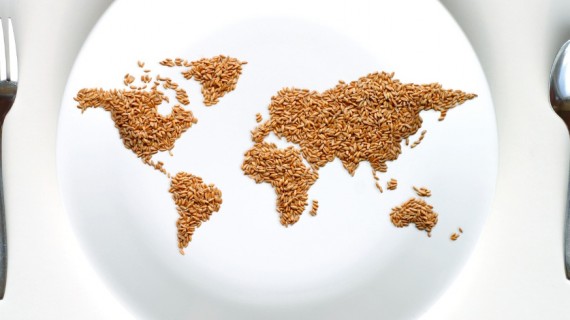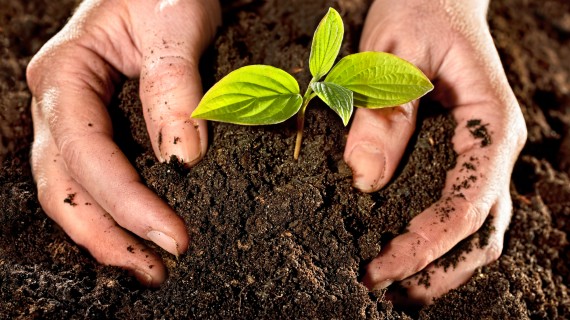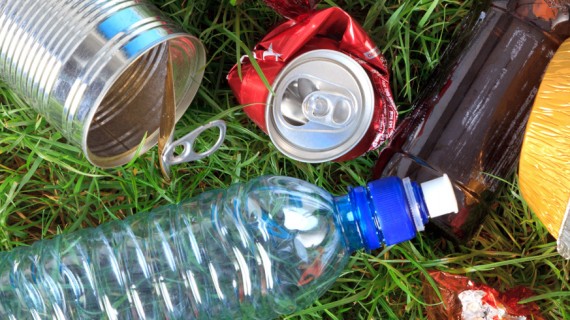From garden to garbage, how heavy is the effect of wasting food on climate? Data show that is fundamental to stop wasting food to reduce greenhouse emissions. Here we explain why!
Food waste comes at all levels. According to FAO, in fact, one-third of the whole food production for human consumption is at risk of being wasted or thrown out. We are dealing with an amount of 1,3 billion of waste per year. Furthermore, in just one year, Europe and North America’s food waste are in the order 280/300kg per person.
Although something is moving in an attempt to stop food waste, the no-sense consumption of food comes in different moments.
Starting from the fields, where damaged / misshapen products are discarded, passing through the scraps of processing in agribusiness and the large distribution’s unsold, coming to leftovers on consumer’s tables. Waste is there on all steps of the food chain. If consumers have one-third responsibility for this waste, then the remaining 60% must be attributed to agribusiness and large distribution.
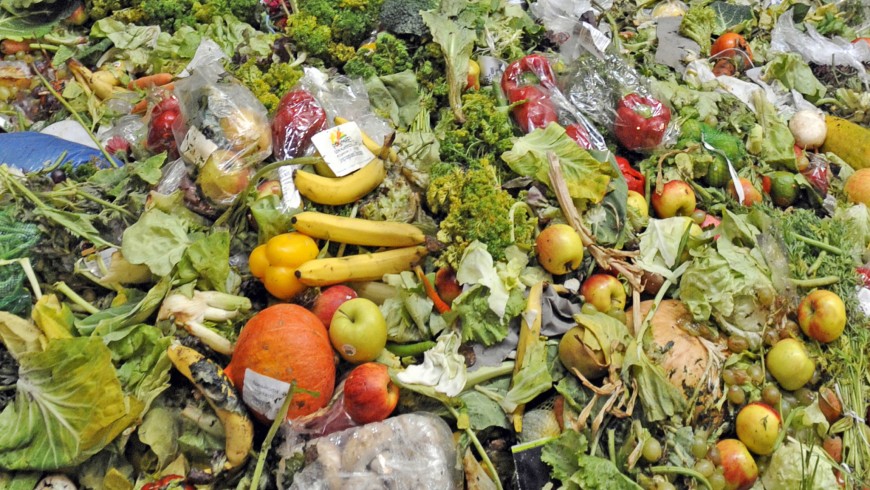
Wasting food is the cause of some evitable greenhouse emissions
According to WRAP, at a global level, every ton of food waste is responsible for 4,5 tons of CO2.
Unlike the new concept of the circular economy, one American EPA study found that around 42% of the CO2 produced in the USA comes from production, processing, and transport of food. If we estimate that one-third of this product is not going to be consumed, we are dealing with an approximately 14% evitable greenhouse emissions in the production and distribution steps only.
Numbers that become heavier when we consider transport and waste processing. If, on the one hand, very few data are available about collecting and processing of organic garbage in the agribusiness and in large distribution, on the other, some elements to think may come from the families. House-to-house garbage collection, in fact, has an average global amount of 530 000 tons of CO2 equivalent per country per year (FNADE data).
Therefore, around the world, food waste is still largely hidden or burned, responsible for 19% of global emissions of methane, a gas with a warming power 23 times higher than the one of CO2. With burning, water-composed food waste unbalances the energetic formula of combustion and are responsible for CO2 emissions called biogenic.
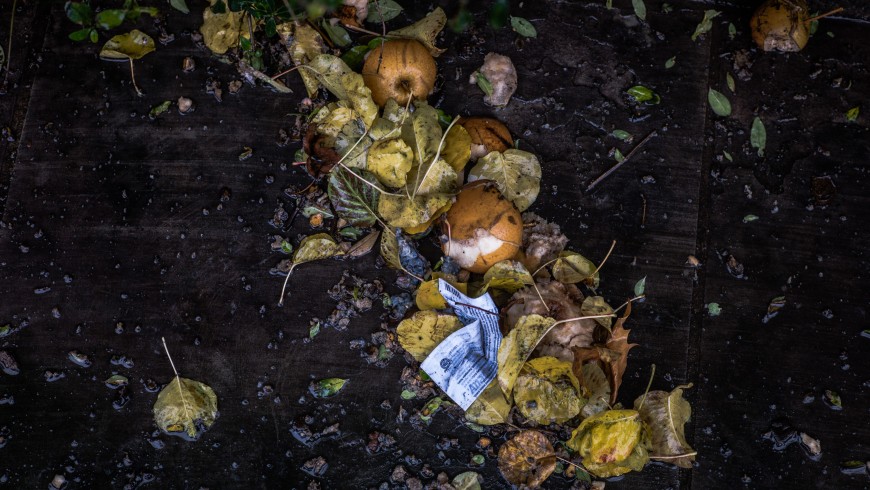
Red meat has the most serious climate impact
The food waste’s climate impact is not the same for all alimonies. Food of animal origin have a huge impact on the environment and cause much more CO2 emissions. One kg of meat production, for instance, is the cause of 30 times more CO2 in the environment than one kg of lentils production. Wasting products of animal origin has a heavier impact on climate change.
With this in mind, the kind of meat people are used to eating can affect consistently their footprint. One study from Ranganathan found that only switching by one third our own consumption of beef to white meat can cause CO2 emissions to decrease by almost 15%. This happens because the only beef production industry itself uses more than one-third of the water used in the whole food industry worldwide.
Thus, a reduction in beef’s consumption plays a crucial role to avoid earth temperature going up the scary imposed limit of 1.5 Celsius grade.
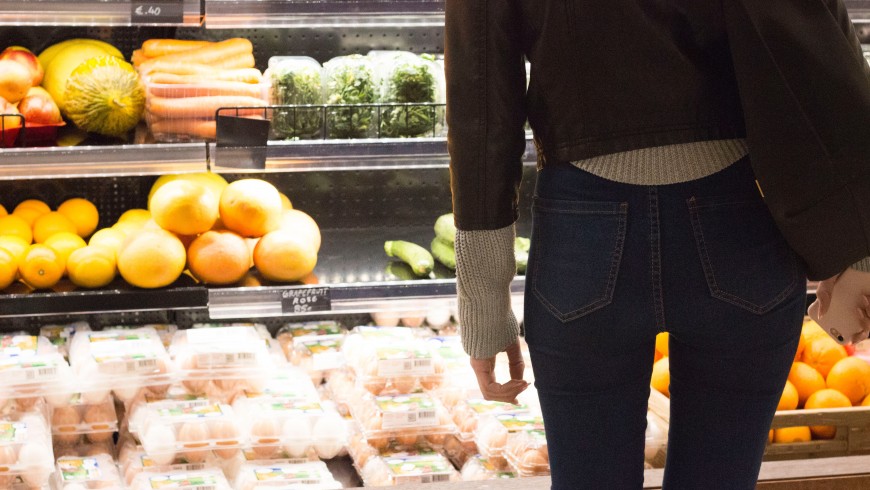
Ten Easy-Rules to Stop Wasting Food
The Italian Union of Consumers has recently set a list of good practices in order to help them limit food waste. Here 10-simple-rules to follow in order to avoid climate change caused by food waste:
- Give yourself time to do a shopping list: the surprising habit of planning, even without being totally accurate, the weekly necessary amount of food can drastically decrease the food amount ending in the garbage.
- Be very careful about the expiration date in your shopping bag: it happens all the time that food items with longer lives are hidden behind in the shelves.
- Avoid shopping on an empty stomach, in this way you will avoid buying useless products
- Pay attention to economy pack: the popular 2×1 or 3×2 are convenient only if you are able to actually consume the products, otherwise, they just enlarge your garbage.
- Storing food following expiration date is a simple but extremely effective rule against waste: Products with a longer expiration date go behind, the older ones go first in order to be consumed first.
- Strategic use of refrigerator: this is fundamental in the battle against waste, also energetic. We remind you that the ideal refrigerator’s temperature is 4 degrees.
- In the fridge, store food in the right order, following rule 5 (previously seen) to let food live longer. Vegetables in drawers, fish and fresh meat in the first spot, cooked meat in the second, cheese and ham third, leftovers and eggs at the highest.
- Freezing leftovers is a useful tip to use leftovers before they become worse, trying to always write the date on the box. Remember that frozen and then cooked food can be freeze again.
- Vacuum-packed, garden’s composting and Leftovers Cooking are three useful ideas to stop wasting food. In this way you can fight climate change due to food waste in a creative and funny way.
- Before throwing out, open, smell, taste, one always useful grandma’s tip.

What do you guys think? Are you willing to switch your habits to stop wasting food and fight climate change? Give us your opinion in the comments!
Front picture by Brooke Lark on Unsplash

